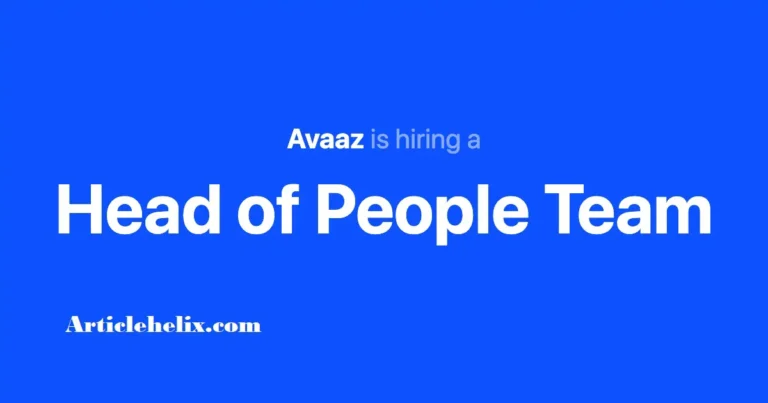Exploring the Permanence of Virtual Schooling: Inside the Decision of the Nation’s Largest School District
Introduction
In a ground-breaking decision, the nation’s largest school district, New York City, is revolutionizing the way education is delivered. As the world evolves, so do our methods of learning, and this move towards making virtual schooling a permanent option marks a pivotal moment in the history of education. Let’s delve into the details of this transformative decision and understand what it means for students, parents, and the education system as a whole.
The Shift to Permanence
New York City’s recent announcement to establish virtual schooling as a permanent fixture has sent shockwaves through the education landscape. With the experiences gained from the challenges posed by the pandemic, the city’s education authorities have recognized the potential of virtual learning to provide flexibility, accessibility, and personalized education to students.
Benefits for Students
One of the primary advantages of permanent virtual schooling is flexibility. Students can now tailor their learning schedules to their individual needs, allowing them to pursue other interests or manage personal commitments without compromising their education. Moreover, the virtual format enables a more personalized learning experience, catering to different learning styles and paces. This shift could potentially lead to improved student engagement and academic performance.
Empowering Parents and Guardians
The move towards permanent virtual schooling is not just beneficial for students; it also empowers parents and guardians. They can actively participate in their child’s education, gaining insight into the curriculum and their child’s progress. This collaborative approach fosters a stronger bond between parents and their children’s academic journey, ultimately enhancing the overall learning experience.
Addressing Challenges
While the prospect of permanent virtual schooling holds promise, it’s essential to acknowledge potential challenges. The “digital divide” remains a concern, as not all students have equal access to necessary technology and high-speed internet. Additionally, social interaction is a crucial aspect of traditional schooling that needs to be carefully integrated into the virtual model to ensure students continue to develop essential interpersonal skills.
The Future of Education
New York City’s bold step towards embracing virtual schooling as a permanent option paves the way for the future of education. This move challenges traditional norms and calls for a re-evaluation of how education is structured and delivered. As technology continues to advance, other school districts may follow suit, leading to an educational landscape that’s more adaptable, inclusive, and responsive to the needs of diverse learners.
The pandemic brought about one of the most disruptive crises in the history of education in the country. The statistics depicting the learning loss caused by the pandemic are distressing, showing significant declines in history and civics test scores, along with slower-than-average growth in reading and math. However, for certain students like Tindal, the sudden transition to at-home schooling unexpectedly brought about advantages they are reluctant to relinquish, even with the requirement to return to traditional classrooms. Educators and administrators across the nation shared with TIME a variety of reasons why students are drawn to virtual classes.
For some students, they find it easier to concentrate when school starts later. Others desire the flexibility to explore educational opportunities outside of regular hours, such as visiting museums during off-peak times. Some students need to balance work commitments with their coursework, while others continue to have health concerns. This trend isn’t isolated to New York alone—school districts in Utah, Georgia, California, and other locations have also introduced permanent virtual schools.
Nevertheless, concerns persist regarding the effectiveness of virtual schooling. Critics express apprehension about the lack of in-person social interaction, especially during crucial developmental phases, and question whether teachers can deliver education as effectively through a screen. However, those leading the nation’s emerging virtual schools assert that they have extensively studied the successes and shortcomings of remote learning during the pandemic while establishing these virtual learning communities.
At the Virtual Innovators Academy, students gather in small groups each morning with a teacher advisor. This setting allows them to discuss their well-being, gradually wake up, and connect with fellow classmates. The focus has shifted from relying heavily on multiple-choice tests, which proved challenging to administer online, to placing more emphasis on engaging research projects. Anthony Godfrey, a key figure overseeing Utah’s K-12 Jordan Virtual Learning Academy, emphasizes that many evaluate virtual instruction based on the emergency online measures adopted during the pandemic. However, the current approach is distinct—a meticulously planned, intentional method of providing a distinctive and effective mode of instruction.
Conclusion
The decision by the nation’s largest school district to make virtual schooling a permanent option signifies a remarkable shift in the education paradigm. With benefits ranging from enhanced flexibility to personalized learning experiences, this move holds the potential to shape a more student-centric and inclusive future. As we navigate these uncharted waters, it’s crucial to prioritize equity and access to ensure that all students can benefit from this transformation.





